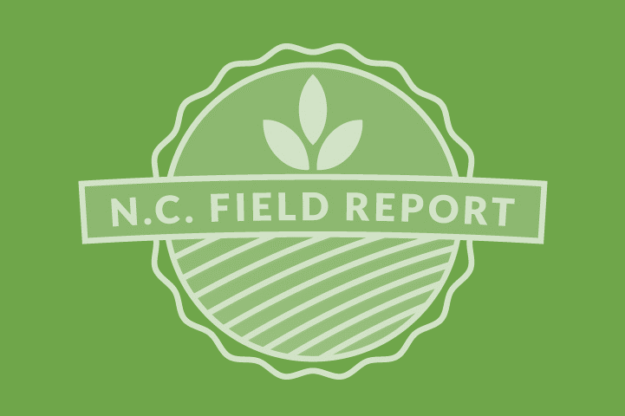Update Regarding Court Ruling on Dicamba
On June 3 the U.S. Court of Appeals for the Ninth District issued a ruling vacating U.S. registrations of three dicamba herbicides (XtendiMax, Engenia, FeXapan). This ruling has left much confusion across the industry and producers have heard many different things from various sources about the sale and use of these products. We hope to…
Details





